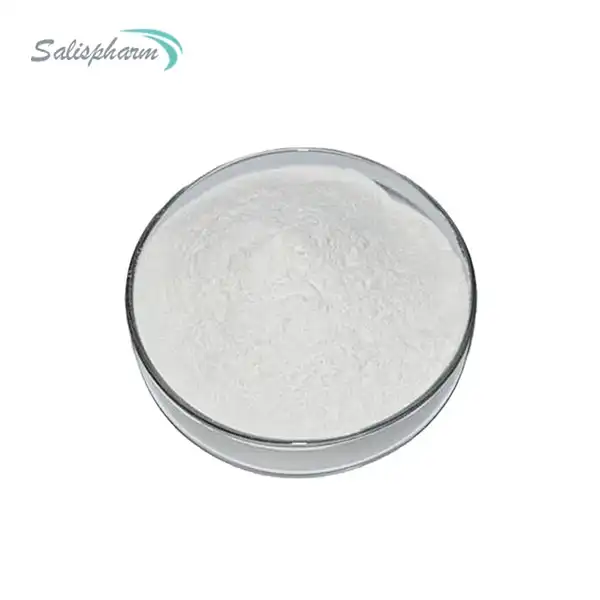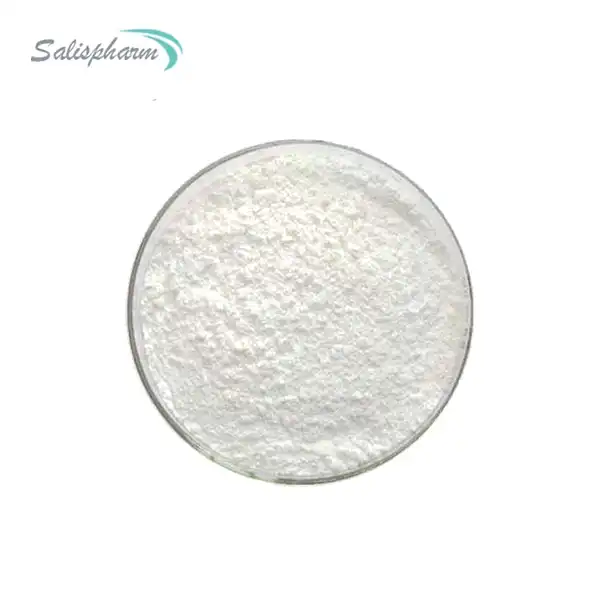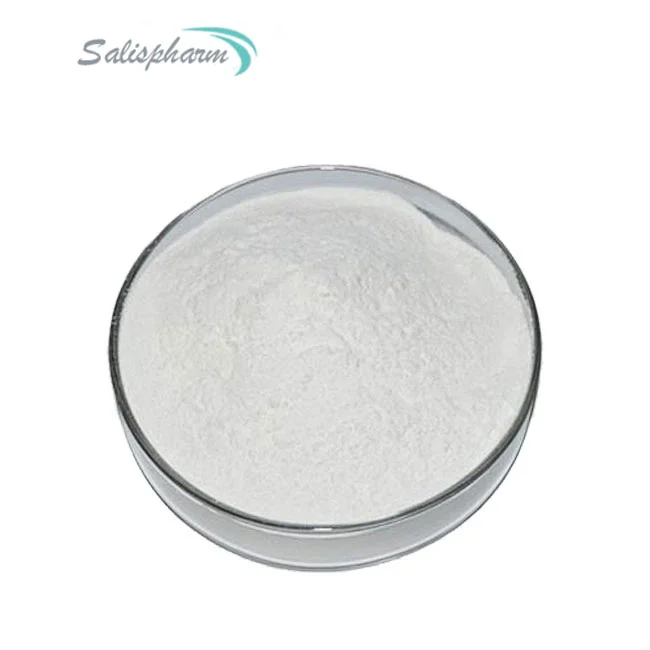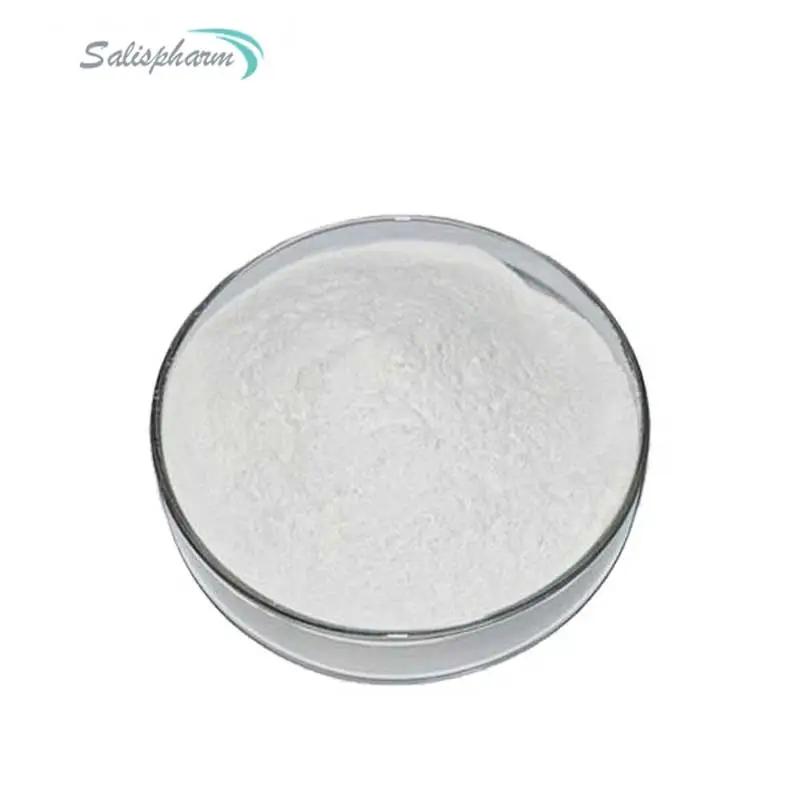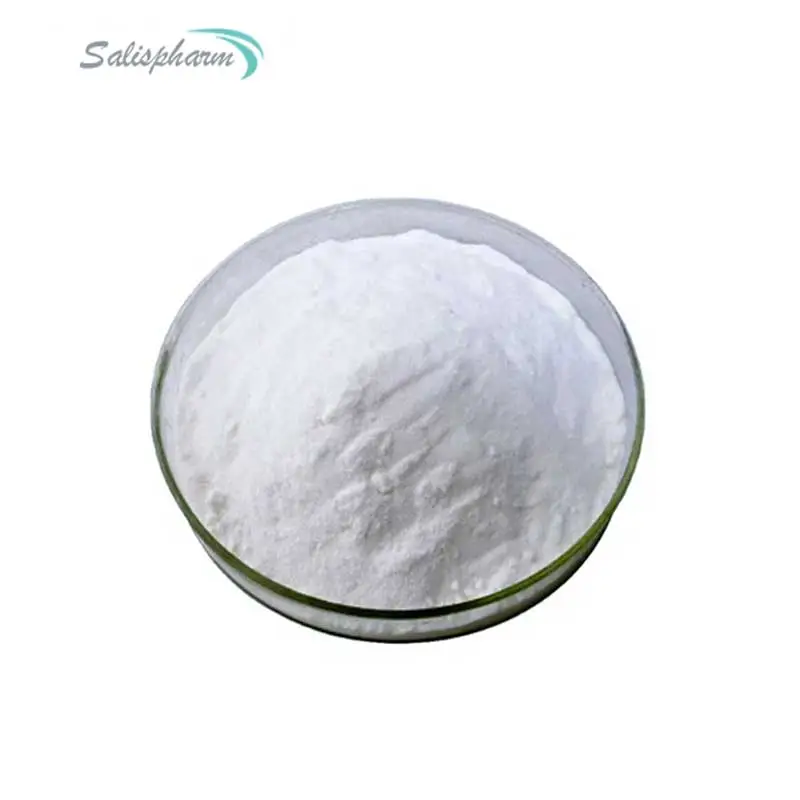Lidocaine powder, a widely recognized local anesthetic, is utilized in various medical formulations. Its solubility in water is a crucial factor in its effectiveness, as it determines how easily it can be prepared and administered in liquid form.
How Quickly Does Lidocaine Powder Dissolve in Water?
Lidocaine powder ordinarily breaks up very quickly in water, particularly when it's at room temperature. For the most part, it as it were takes a few minutes of blending for lidocaine powder to completely break up in water. In any case, the correct disintegration time can depend on different components such as the molecule measure of the powder, the temperature of the water, and the tumult connected amid mixing.Accurate information of disintegration energy makes a difference healthcare suppliers in deciding the fitting blending and arrangement strategies to guarantee consistency and consistency in the concentration of lidocaine arrangement. This is crucial for keeping up the viability and security of the pharmaceutical, as varieties in concentration seem lead to insufficient anesthesia or potential overdose.
Understanding the disintegration rate of lidocaine powder in water is basic for restorative experts who plan and regulate it:
Factors Influencing Dissolution: The rate at which lidocaine dissolves can be influenced by the temperature of the water, the concentration of the solution, and the physical form of the powder.
Preparation Methods: Techniques to optimize the dissolution of lidocaine include stirring, using warm water, and adjusting pH levels.
Implications for Usage: The speed of dissolution affects how quickly the anesthetic can begin to work, which is critical in emergency and surgical settings.
By optimizing these factors, healthcare providers can ensure that lidocaine is ready for use when needed, maximizing its efficacy.
What Are the Stability Concerns with Lidocaine Solutions?
The stability of lidocaine solutions is a key consideration in both their preparation and storage:
Chemical Stability: Lidocaine solutions must be stored properly to prevent degradation, which can reduce effectiveness and safety.
Optimal Storage Conditions: Factors such as light, heat, and pH can impact the stability of lidocaine solutions. Typically, these solutions are best stored in cool, dark environments.
Shelf Life: Properly prepared and stored lidocaine solutions can maintain their potency for a specified time, usually marked on the packaging.
Hydrolysis: Lidocaine can undergo hydrolysis in aqueous solutions, especially under acidic or alkaline conditions. This hydrolysis can lead to the formation of degradation products, which may reduce the potency and efficacy of the solution.
Oxidation: Lidocaine is susceptible to oxidation, especially in the presence of oxygen and light. Oxidation can lead to the formation of impurities and degradation products, which may affect the stability and safety of the solution.
Temperature Sensitivity: Lidocaine solutions may be sensitive to temperature changes. Elevated temperatures can accelerate degradation reactions, leading to reduced stability and potency of the solution.
pH Instability: The pH of the lidocaine solution can affect its stability. Solutions with extreme pH values (very acidic or very alkaline) may promote degradation reactions, leading to reduced stability and efficacy.
Contamination: Lidocaine solutions can be prone to microbial contamination if proper aseptic techniques are not followed during preparation and storage. Microbial contamination can lead to spoilage of the solution and pose a risk of infection to patients.

Healthcare providers must be aware of these concerns to ensure that lidocaine remains effective until administered to the patient.
To mitigate these stability concerns, lidocaine solutions should be stored in tightly sealed containers, protected from light, and stored at appropriate temperatures according to the manufacturer's recommendations. Additionally, proper formulation techniques and good manufacturing practices should be followed to minimize the risk of degradation and contamination.
Can Lidocaine Powder Be Mixed with Other Substances?
Pure lidocaine powder can be mixed with other substances for various purposes, but it's important to do so safely and within the scope of approved uses. Here are some common scenarios where lidocaine powder might be mixed with other substances:
Common Combinations: Lidocaine is frequently combined with epinephrine to prolong its anesthetic effects and control bleeding in the treated area.
Compatibility Issues: Understanding which substances can be safely combined with lidocaine is crucial for avoiding ineffective mixtures or potentially harmful interactions.
Application Varieties: These mixtures can be used in dental work, minor surgeries, and even some cosmetic procedures, broadening the scope of lidocaine's utility.

Dilution: Lidocaine powder is often mixed with sterile water or saline solution to prepare lidocaine injections for medical use. The concentration of lidocaine in the final solution will depend on the intended application and dosage requirements.
Topical Formulations: Lidocaine powder can be incorporated into topical formulations such as creams, gels, or ointments for local anesthesia or pain relief. It may be combined with other active ingredients or excipients to enhance its efficacy, stability, or skin penetration.
Dental Applications: In dentistry, lidocaine powder may be mixed with other anesthetic agents or substances to prepare local anesthesia solutions for dental procedures.
Compounding: Pharmacists or compounding pharmacies may mix lidocaine powder with other ingredients to prepare customized formulations tailored to specific patient needs, under appropriate medical supervision.
Research and Development: In research settings, lidocaine powder might be mixed with other substances for experimental purposes, such as investigating drug interactions, formulation development, or studying its pharmacological properties.
When mixing lidocaine powder with other substances, it's crucial to adhere to proper compounding procedures, follow dosage guidelines, ensure sterility, and consider compatibility between the ingredients to avoid adverse reactions or stability issues. Additionally, only healthcare professionals or individuals trained in pharmaceutical compounding should undertake such activities to ensure safety and efficacy.
Conclusion
In conclusion, the solubility of Pure lidocaine powder in water is a fundamental property that affects its preparation and use in medical settings. The stability and compatibility of lidocaine solutions are also critical factors that healthcare providers must consider to ensure safety and efficacy. Understanding these aspects helps in optimizing the use of lidocaine across various medical applications.
If you are interested in our products, please contact: iceyqiang@gmail.com
References
Solubility Properties of Lidocaine, Journal of Chemical Information
American Chemical Society's Guidelines on Solvents
Pharmacology of Lidocaine, British Journal of Pharmacology
Lidocaine and Epinephrine Mixture Use, Clinical Pharmacology & Therapeutics
Stability and Storage of Local Anesthetics, Journal of Hospital Pharmacy
Preparing Lidocaine Solutions in Clinical Settings, Nursing Practice Journal
Patient Safety and Anesthetic Care, Anesthesiology Clinics
Overview of Local Anesthetics in Dentistry, Dental Research Journal
Innovation in Anesthetic Formulations, Pharmaceutical Technology Journal
Compatibility of Medical Solutions, Medical Chemistry Journal

